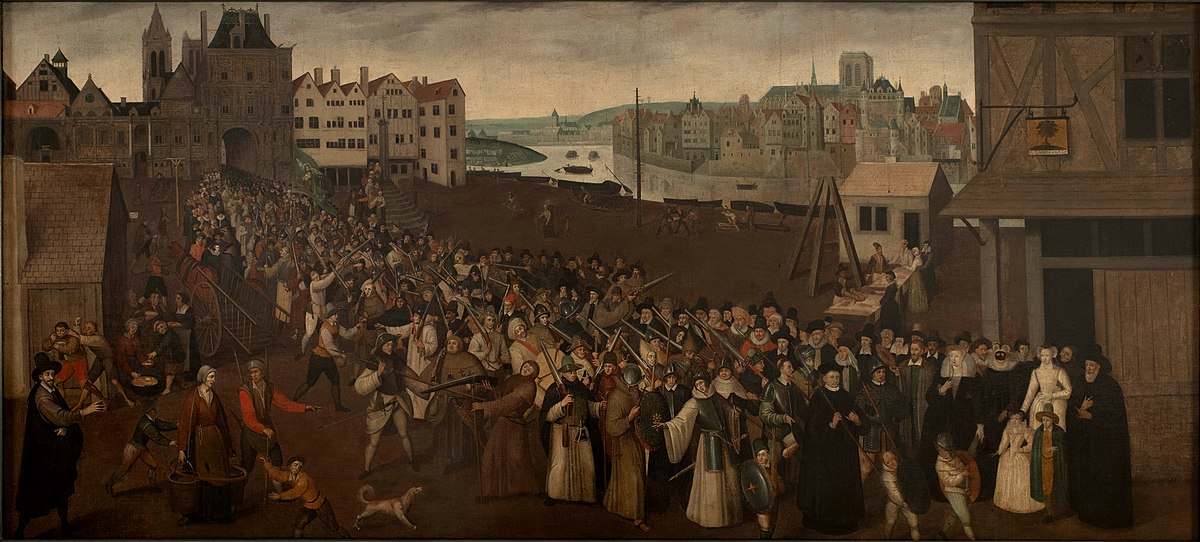
Siege of Paris
Paris, FranceAfter the death of Charles IX, Henry III attempted to find a peaceful solution, which caused the Catholic party to distrust him. The King was forced to flee Paris by Duke of Guise and his ultra-Catholic followers on May 12, 1588, the so-called Day of the Barricades. On August 1, 1589, Henry III was assassinated in the Château de Saint-Cloud by a Dominican friar, Jacques Clément, bringing the Valois line to an end.
Paris, along with the other towns of the Catholic League, refused to accept the authority of the new King, Henry IV, a Protestant, who had succeeded Henry III. Henry first defeated the ultra-Catholic army at the battle of Ivry on March 14, 1590, and then proceeded to lay siege to Paris. The siege was long and unsuccessful; to end it, Henry IV agreed to convert to Catholicism, with the famous (but perhaps apocryphal) expression "Paris is well worth a Mass". On March 14, 1594, Henry IV entered Paris, after having been crowned King of France at the cathedral of Chartres on February 27, 1594.
Once he was established in Paris, Henry did all that he could to re-establish peace and order in the city, and to win the approval of the Parisians. He permitted the Protestants to open churches far from the center of the city, continued work on the Pont Neuf, and began to plan two Renaissance-style residential squares, Place Dauphine and Place des Vosges, which were not built until the 17th century.
